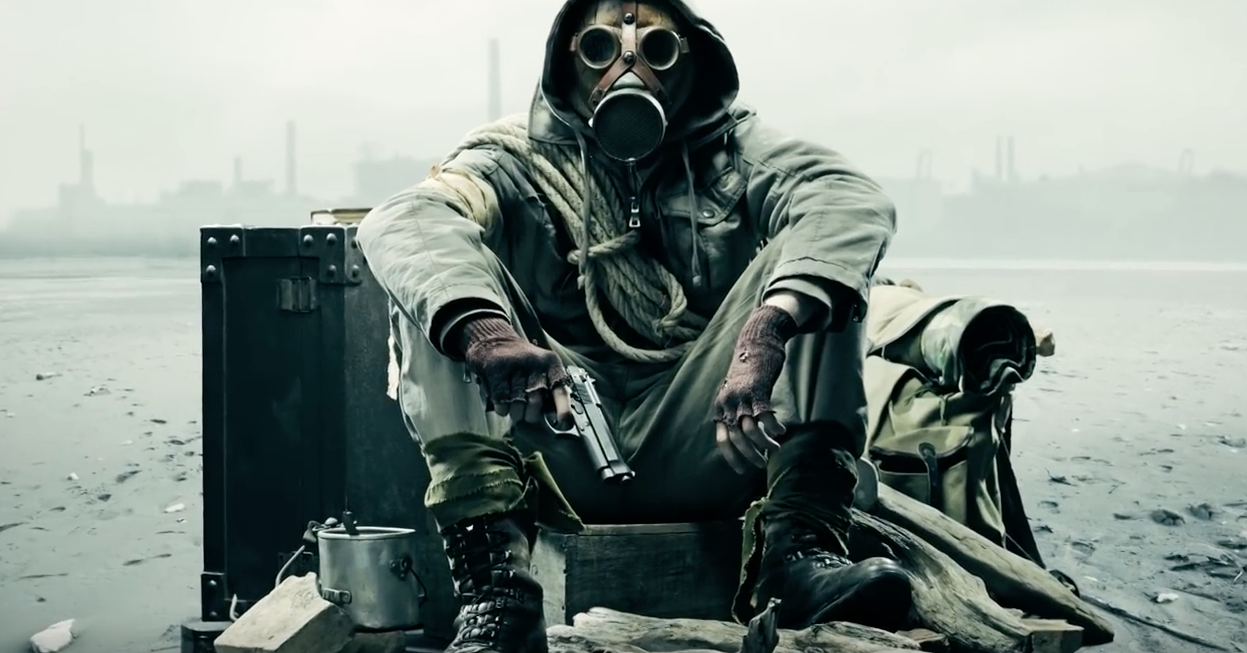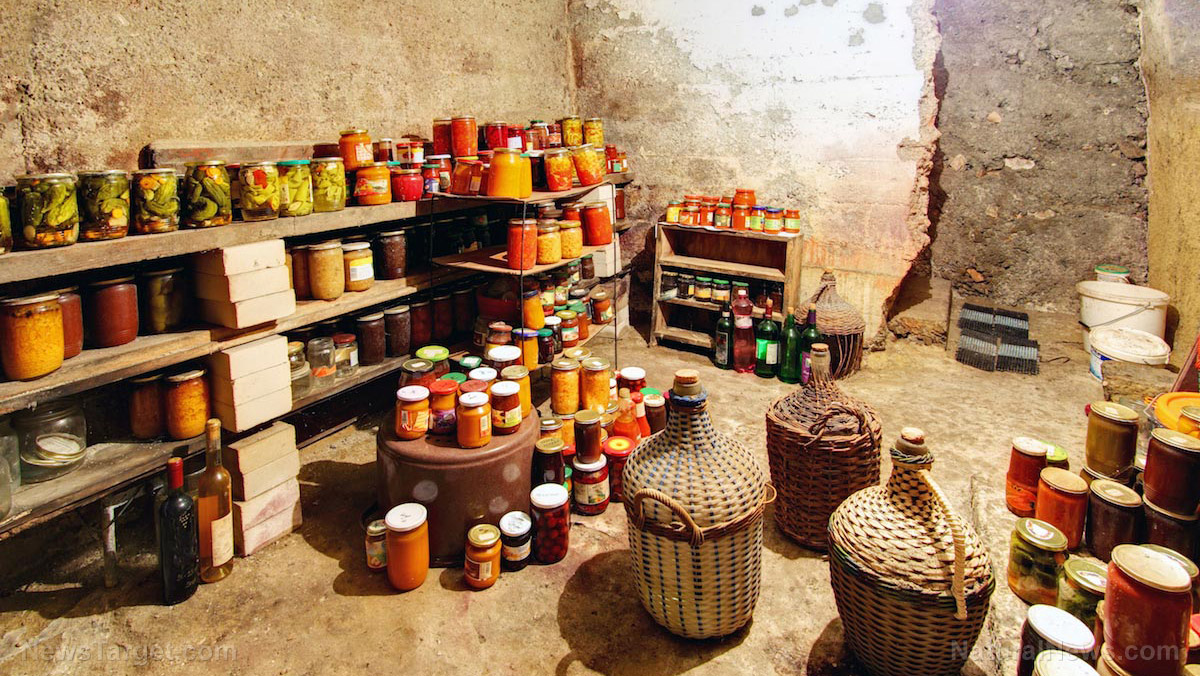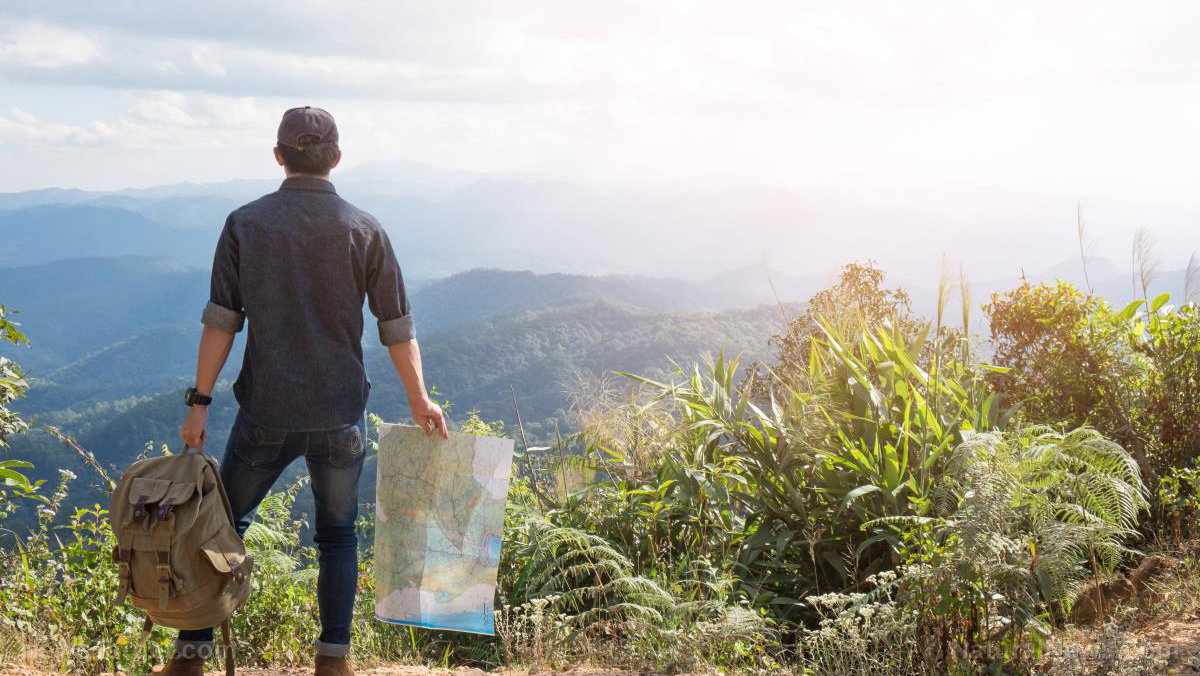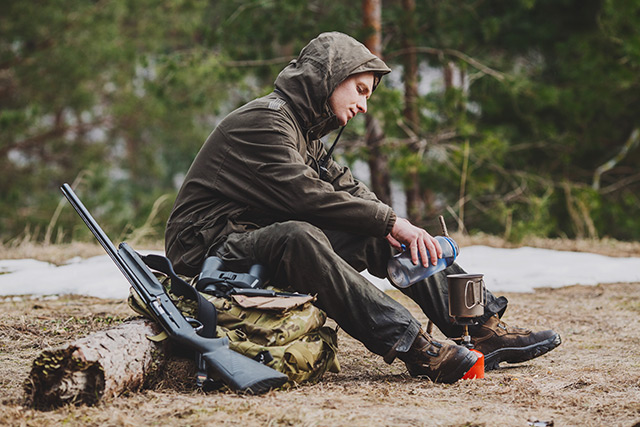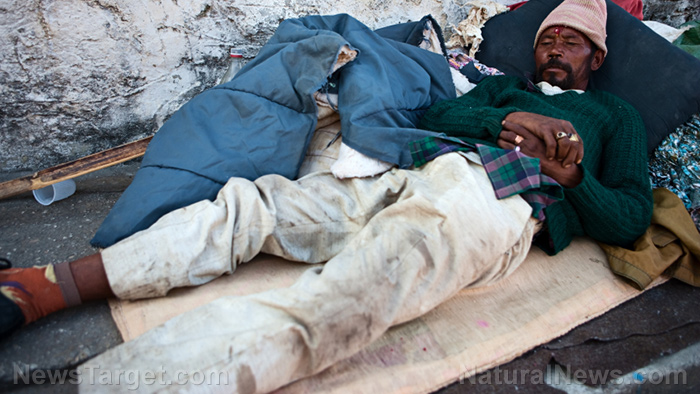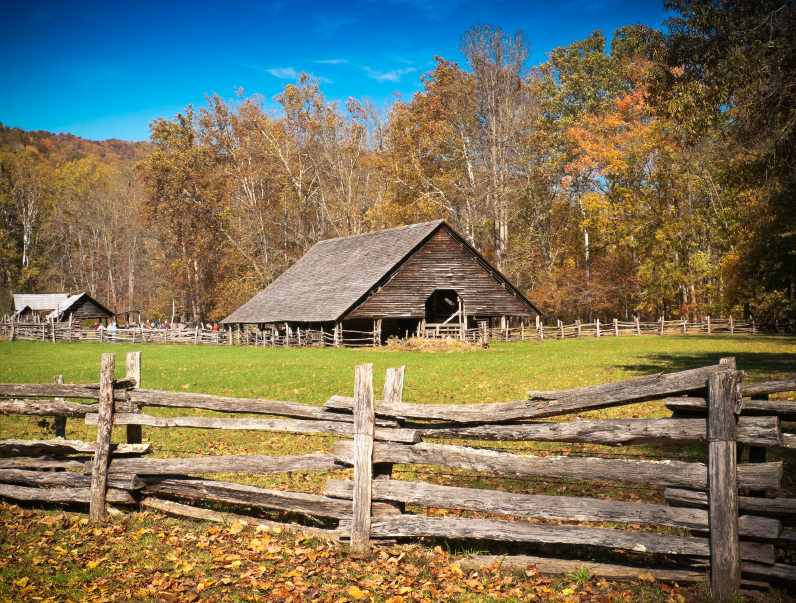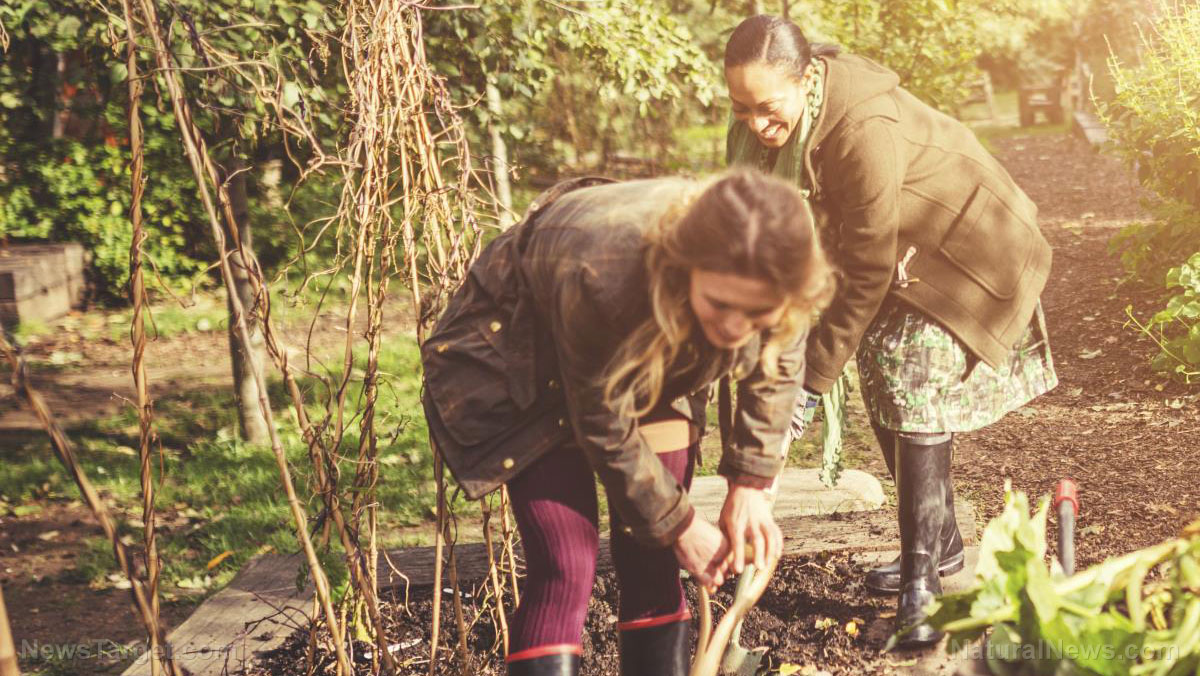Survivalist shares tips for prepping to bug out – Part 2
10/03/2018 / By Jayson Veley
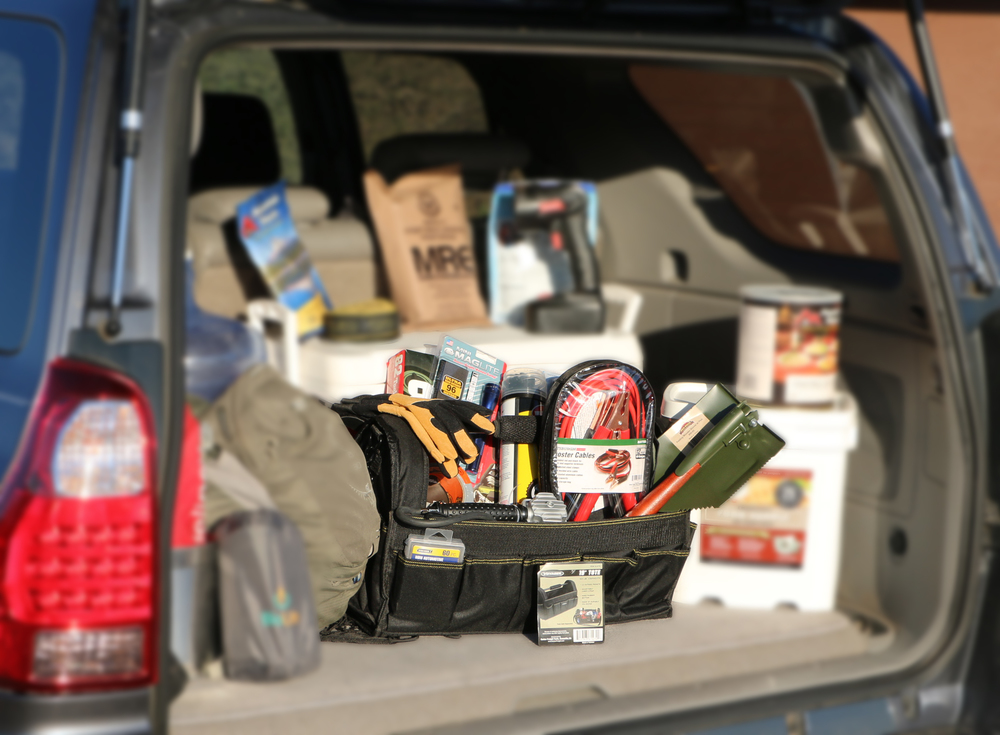
As mentioned in Part 1, there are three primary emergency management principles that are commonly used by both public and private institutions across the country: planning, training and exercising. This three-step emergency awareness protocol is so beneficial to preppers and those getting ready to “bug out” because it allows you and your group to be properly prepared to handle a wide variety of situations, and ensures that everyone has an understanding of his or her role as you fight to survive.
In Part 2 of “Planning, Training and Exercising for ‘Bug Out,’” Mr. E explains that “ideally, your group should also be trained on an additional method of communicating besides radios.” While satellite phones can be a good option, preppers will be paying upwards of $1000 if they want to get one of quality, and beyond that, they can be quite complex to operate. Mr. E notes that no matter what communication system your group uses, “it is important to give everyone in the group a basic working knowledge of their primary and redundant communication system.” Communicating over long distances is extremely important – most of us do it every single day via landlines or our cellphones. It becomes significantly more important in the event of a national emergency, so this part of the prepping process is absolutely vital, (Related: If you’ve stopped prepping, it could be the biggest mistake of your life.)
Because of the fact that it’s unrealistic to assume that your entire group will be able to stick together from the moment the survival scenario begins to the moment you arrive at your bug out location, it’s important that everyone knows not only where that location is, but also what to do if things don’t go as planned. Train your group by asking them questions such as “If our primary path of blocked or we get separated, what do we do?” As explained by Mr. E, “By setting up expectations ahead of time you can train your group to operate even if communications are nonexistent.”
Sponsored solution from the Health Ranger Store: The Big Berkey water filter removes almost 100% of all contaminants using only the power of gravity (no electricity needed, works completely off-grid). Widely consider the ultimate "survival" water filter, the Big Berkey is made of stainless steel and has been laboratory verified for high-efficiency removal of heavy metals by CWC Labs, with tests personally conducted by Mike Adams. Explore more here.
Every prepper knows that exercising and staying in top physical shape is extremely important, but when Mr. E mentioned “exercising” in his article, he was referring to testing your plan to make sure that it is foolproof. By running through your plan, you will begin to see not only what skills and strategies are working, but also what your group needs to improve upon. When it comes to exercising, it’s a good idea to start simple and then gradually get more complex later if it becomes necessary.
One thing that you can do to test your plan is to see how quickly the members of your group can load up all of your supplies and survival equipment into your vehicles. After observing your team perform the task, you can then determine what can be done to make the process quicker and make changes as necessary. You can also test things such as how fast your group can change a flat tire, how they respond to hostile individuals that want to get their hands on your supplies, and just about any other scenario you can think of that you may encounter.
“An infinite amount of things can go wrong along the way to your area of refuge, so this is why it is so important to test your group member’s ability to adapt to hazards and issues along the way,” Mr. E writes. Running these tests and determining what works and what doesn’t is crucial to the prepping process, and can give you “an accurate picture of how well you and your group are prepared for when it is time to do it for real.”
Sources include:
Tagged Under: bug out, emergency awareness protocol, expert tips, Gear, off grid, preparedness, prepper, prepping, survival, survivalist

